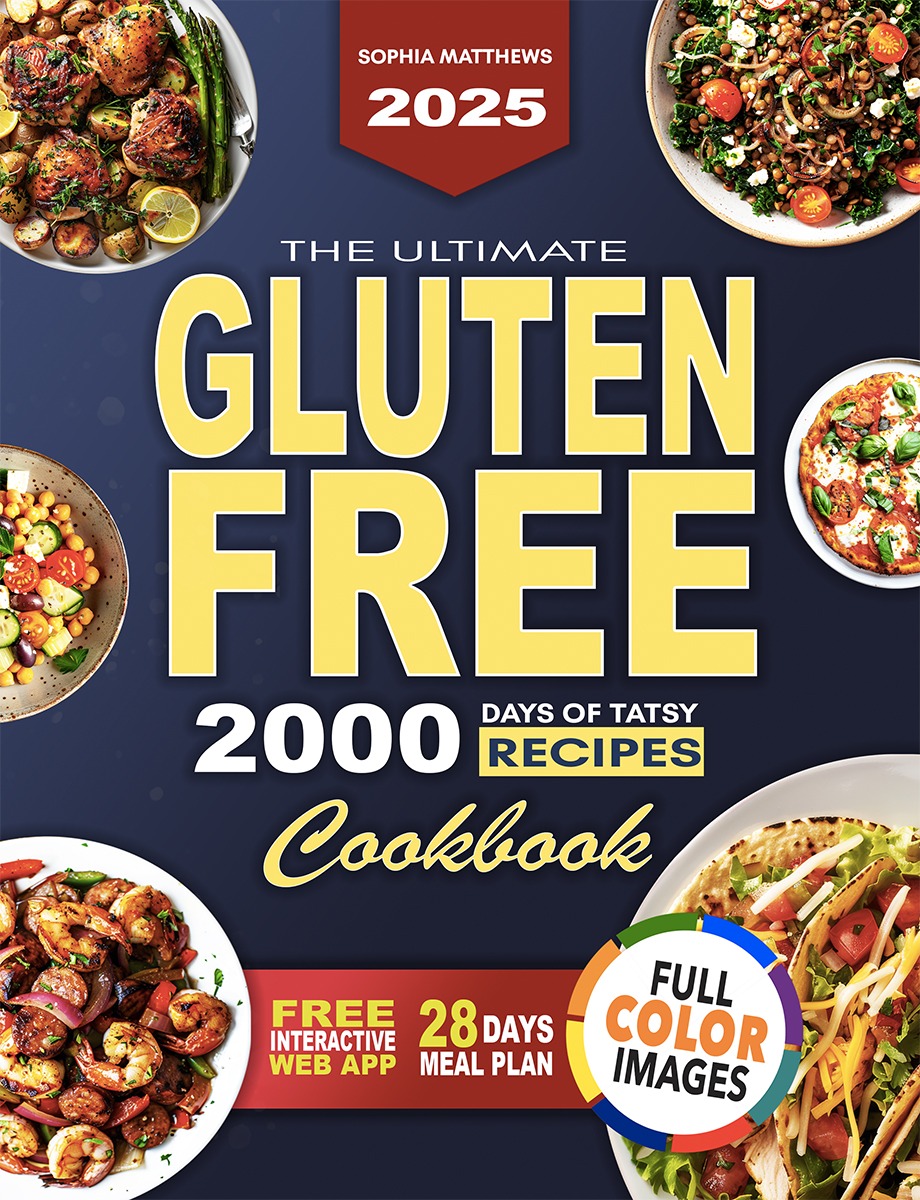Chronic Kidney Disease (CKD) and heart health are deeply interconnected. The kidneys and heart work together to regulate blood pressure, remove waste, and maintain overall balance in the body. When kidney function declines, it puts extra strain on the heart, increasing the risk of cardiovascular disease (CVD). Similarly, heart disease can accelerate kidney damage.
This article explores the relationship between CKD and heart health and provides practical nutrition tips to protect both organs through a balanced diet.
How CKD Impacts Heart Health
- High Blood Pressure:
- Diseased kidneys can’t regulate blood pressure effectively, leading to hypertension, which strains the heart.
- Fluid Retention:
- CKD causes fluid buildup, making the heart work harder to pump blood.
- Calcium and Phosphorus Imbalance:
- Imbalances can lead to calcification in blood vessels, increasing the risk of heart attacks and strokes.
- Increased Toxin Levels:
- Reduced kidney function allows toxins to accumulate in the blood, damaging blood vessels and the heart.
- Anemia:
- CKD often leads to anemia, reducing oxygen delivery to the heart and other organs, causing fatigue and further strain on the heart.
Heart-Healthy Nutrition for CKD Patients
1. Limit Sodium
- Why It Helps: Reduces blood pressure and minimizes fluid retention.
- How to Do It:
- Avoid processed foods like canned soups, deli meats, and salted snacks.
- Use herbs, spices, and lemon juice for flavor instead of salt.
2. Choose Heart-Healthy Fats
- Why It Helps: Supports cardiovascular health and reduces inflammation.
- How to Do It:
- Incorporate omega-3-rich foods like salmon, mackerel, or flaxseed oil.
- Use olive oil as your primary cooking fat.
3. Focus on Potassium Management
- Why It Helps: Helps prevent irregular heart rhythms but needs careful monitoring in CKD.
- How to Do It:
- Opt for low-potassium fruits and vegetables like berries, zucchini, and cauliflower.
- Work with a dietitian to manage potassium intake.
4. Limit Phosphorus
- Why It Helps: Prevents calcification of blood vessels.
- How to Do It:
- Avoid phosphate additives found in processed and fast foods.
- Choose fresh, whole foods over packaged items.
5. Include Fiber-Rich Foods
- Why It Helps: Lowers cholesterol levels and supports gut health.
- How to Do It:
- Add low-potassium, high-fiber options like apples, oats, and green beans to your meals.
6. Control Protein Intake
- Why It Helps: Reduces kidney strain while supporting muscle and tissue health.
- How to Do It:
- Opt for lean proteins like egg whites, skinless chicken breast, or fish.
Heart-Healthy Foods for CKD Patients
Proteins
- Egg whites
- Skinless poultry
- Fresh fish like salmon or tilapia
Fruits (Low-Potassium Options)
- Blueberries
- Strawberries
- Pineapple
Vegetables (Low-Potassium Options)
- Zucchini
- Green beans
- Cauliflower
Healthy Fats
- Olive oil
- Flaxseed oil
- Small portions of unsalted nuts (if approved by your doctor)
Grains
- White rice
- Refined pasta
- Low-sodium bread
Sample Meal Plan for CKD and Heart Health
Breakfast:
- Oatmeal topped with fresh blueberries and a drizzle of honey.
- Herbal tea or water infused with lemon.
Snack:
- Sliced cucumber with low-sodium hummus.
Lunch:
- Grilled salmon with a side of steamed zucchini and white rice.
- A simple salad with olive oil and lemon dressing.
Snack:
- A handful of fresh strawberries.
Dinner:
- Herb-roasted chicken breast with mashed cauliflower and roasted green beans.
- Water infused with mint and lime.
Practical Tips for Managing Both CKD and Heart Health
- Plan Your Meals:
- Prep meals in advance to avoid last-minute, unhealthy choices.
- Read Labels Carefully:
- Look for low-sodium, low-phosphorus options when buying packaged foods.
- Stay Active:
- Incorporate light physical activity, such as walking or yoga, with your doctor’s approval.
- Monitor Fluid Intake:
- Follow your doctor’s guidelines to prevent fluid overload.
- Work with a Dietitian:
- Collaborate with a healthcare professional to tailor your diet to your specific needs.
Recipes to Support CKD and Heart Health
1. Lemon Herb Salmon
- Ingredients: Salmon fillet, olive oil, lemon juice, garlic powder, parsley.
- Cooking Tip: Bake in foil to lock in moisture and flavor.
2. Mashed Cauliflower with Garlic
- Ingredients: Steamed cauliflower, olive oil, garlic powder, unsweetened almond milk.
- Cooking Tip: Blend until creamy for a low-potassium, low-sodium side dish.
3. Green Bean Salad
- Ingredients: Steamed green beans, olive oil, lemon zest, fresh dill.
- Cooking Tip: Toss with a pinch of garlic powder for added flavor.
Conclusion
Managing CKD and protecting your heart go hand in hand. By adopting a diet rich in fresh, whole foods and low in sodium, potassium, and phosphorus, you can reduce strain on your kidneys and support cardiovascular health. Small, consistent changes to your meals and lifestyle can make a significant difference in improving your quality of life.





